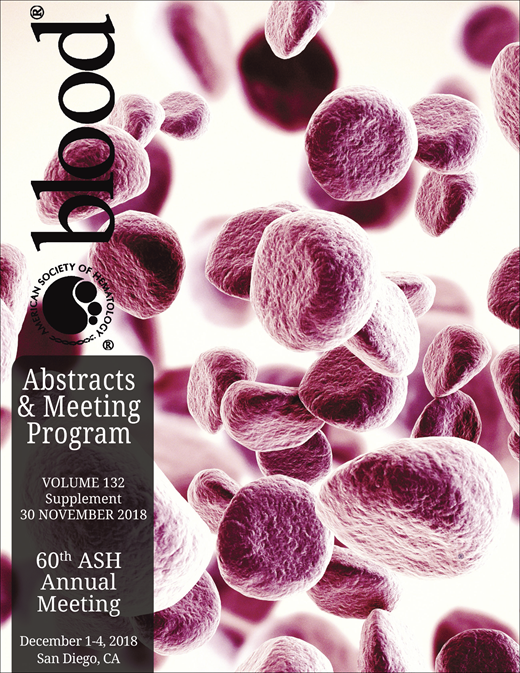Abstract
Introduction:
According to the National Center for Health Statistics, there was a twenty-one percent increase in deaths from drug overdose in the USA, with opioids contributing to about two-thirds of these deaths. Despite nationwide efforts to reduce opioid use, narcotic pain medications are still the most frequently used method of pain control in patients with sickle cell disease (SCD). We sought to examine the burden and complications of opioid dependence in patients with SCD.
Methods:
The National Inpatient Sample (NIS) for the years 1999 to 2014 was queried to yield adult admissions with a primary diagnosis of sickle cell disease (ICD-9 codes: 2826, 28260, 28261, 28262, 28263, 28264, 28268, 28269) and the admissions were stratified based on the presence of opioid dependence (ICD-9 codes: 30400-30403, 30470-30473, 30550-30553). Univariate and bivariate analyses were performed using the Chi square test. Cox proportional hazard regression was used to control for multiple confounders in calculating the hazard ratios of occurrence of complications and mortality.
Results
A total of 216,438 (Weighted N=1,066,536) admissions were identified between 1999 and 2014, out of which 1.6% (N=3603) had opioid dependence. The median age of patients with opioid dependence was 26 years, compared to 31 years in patients without opioid dependence. Average cost and length of hospitalization for patients with and without opioid dependence was $29,883 & $20,638 and 6.4 days & 5.1 days, respectively. The rates of various complications and Hazard Ratio (HR) of event occurrence among patients with and without opioid dependence are depicted in Table 1. After adjusting for demographics, hospital characteristics (region, bed size, location), and baseline comorbidities, SCD patients with opioid dependence had a 50% increased risk of in-hospital mortality (H.R 1.5, 95% C.I. 1.2-1.6, p<0.001) compared to those without.
Conclusions:
There is a correlation between opioid dependence and SCD complications among patients hospitalized with a diagnosis of SCD. Perhaps, patients predisposed to vaso-occlusive events require more frequent use of narcotics and become opioid dependent. Alternatively, the dependence on opioids may increase the incidence of complications from sickle cell disease. Regardless, patients with opioid dependence have significantly higher in-hospital mortality. The main limitation of this study is the use of ICD codes for identifying opioid dependence. In our opinion, the abnormally low incidence of opioid dependence in our data is a poor representation of the actual population. Opioid abuse is a serious concern that has heavy financial, social and public health implications on the welfare of the community, particularly those with SCD. This study highlights the need for more effective disease modifying agents for the treatment of this chronic and debilitating disorder.
No relevant conflicts of interest to declare.
Author notes
Asterisk with author names denotes non-ASH members.

